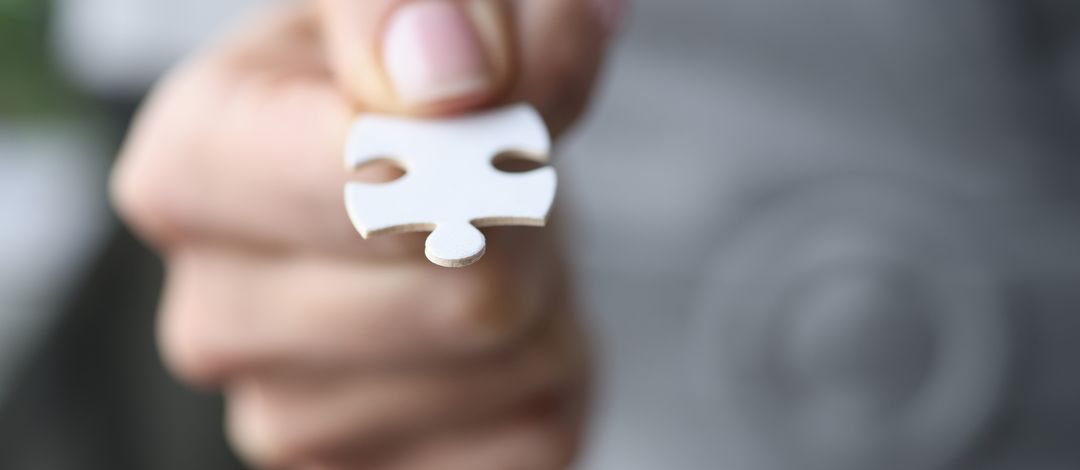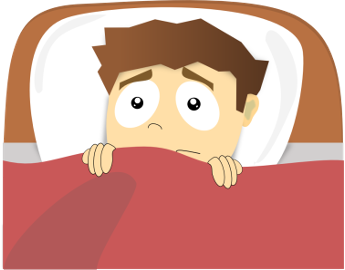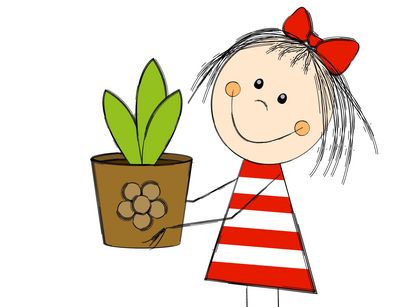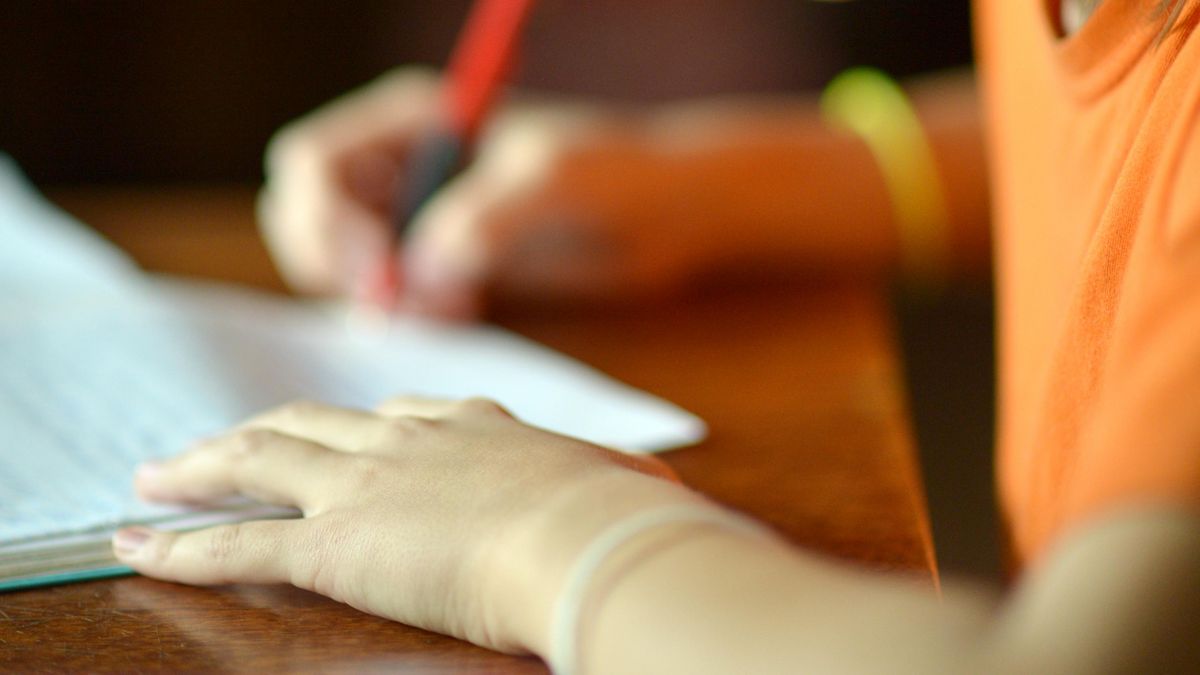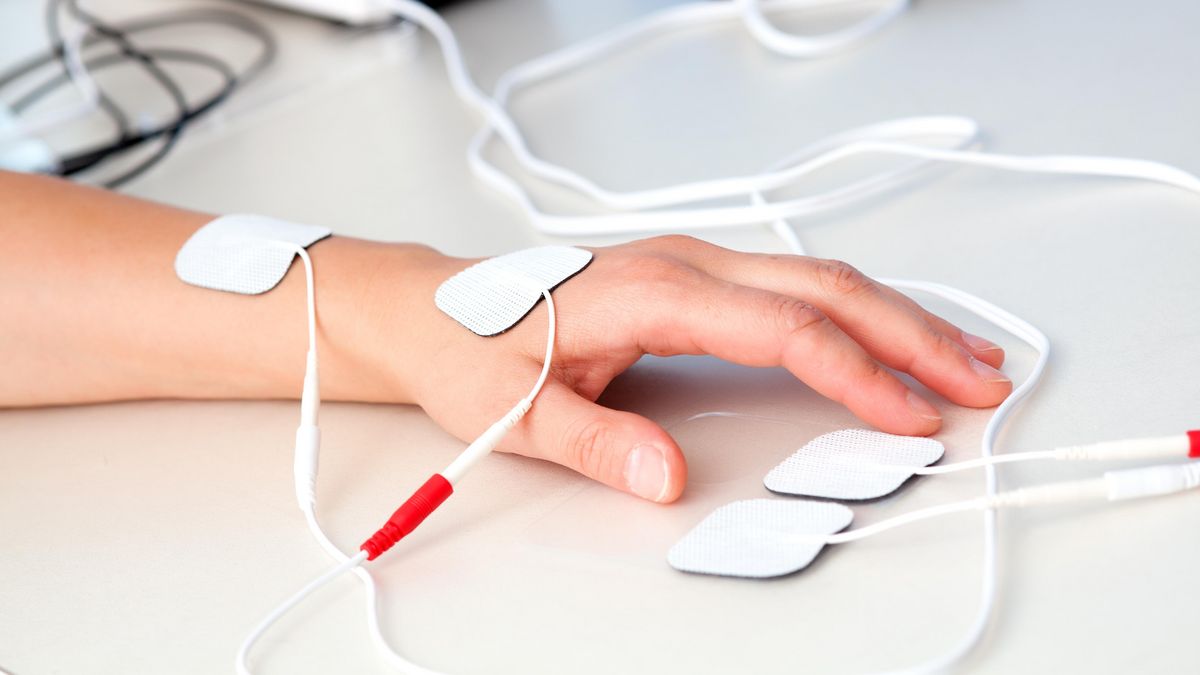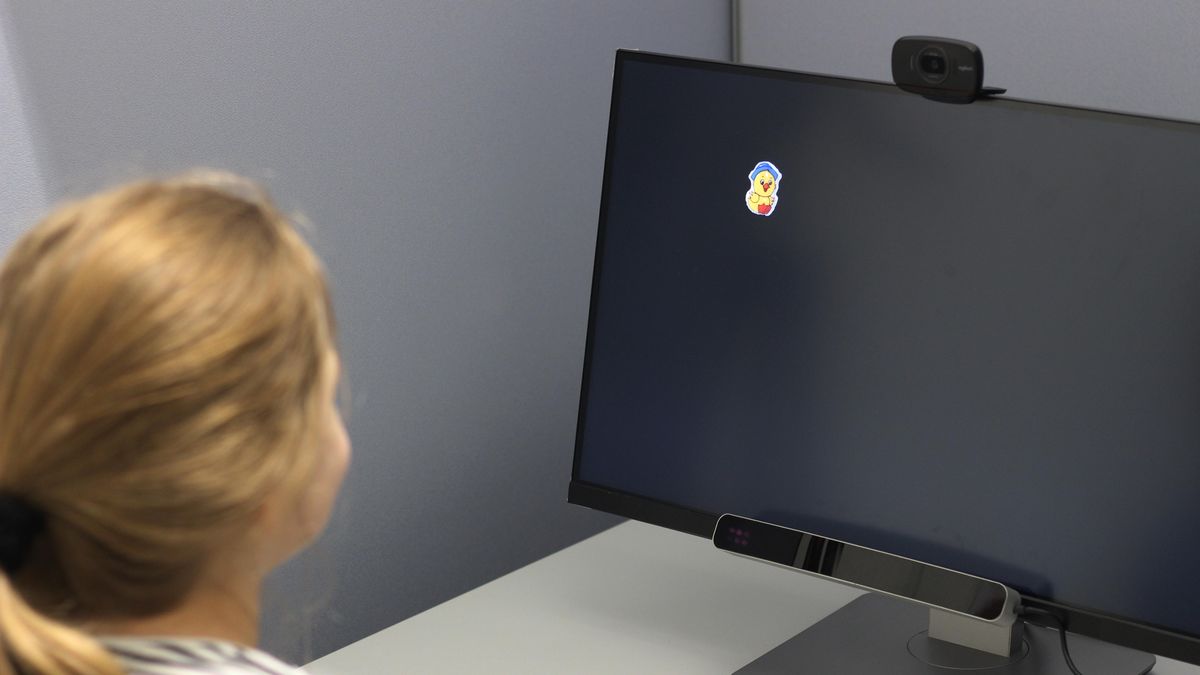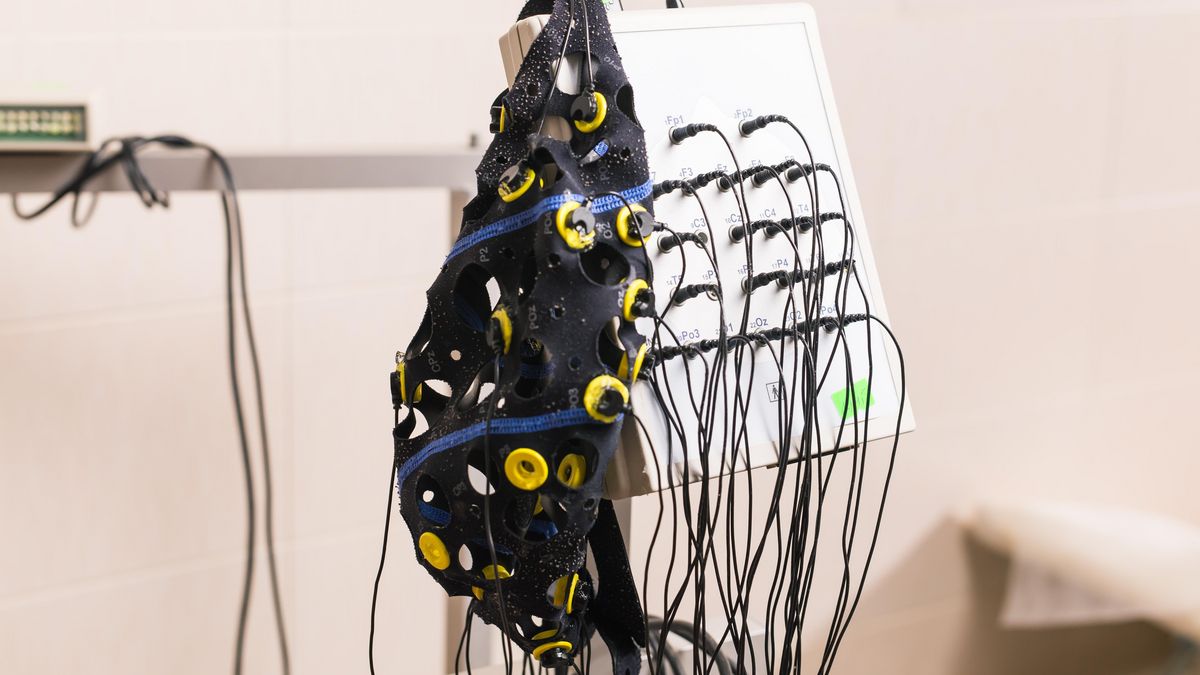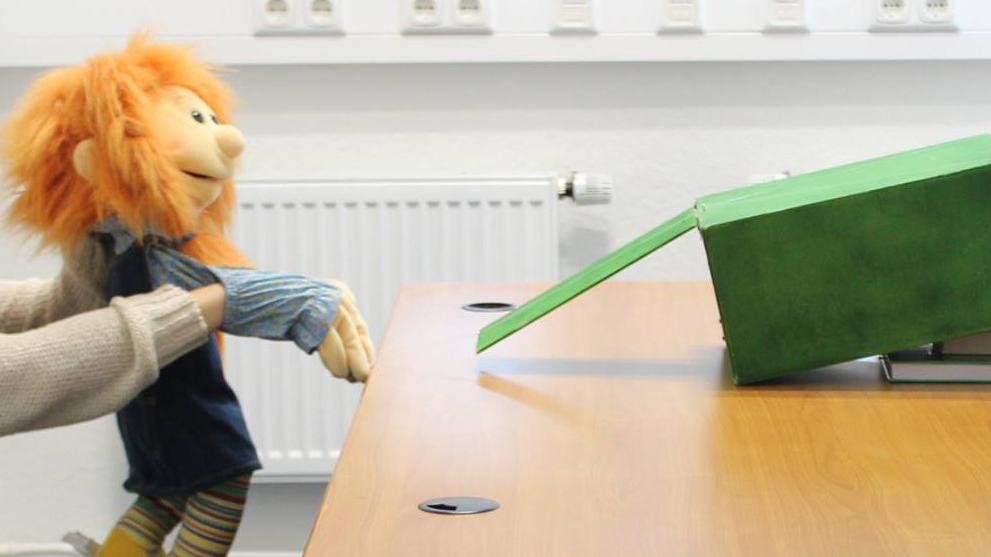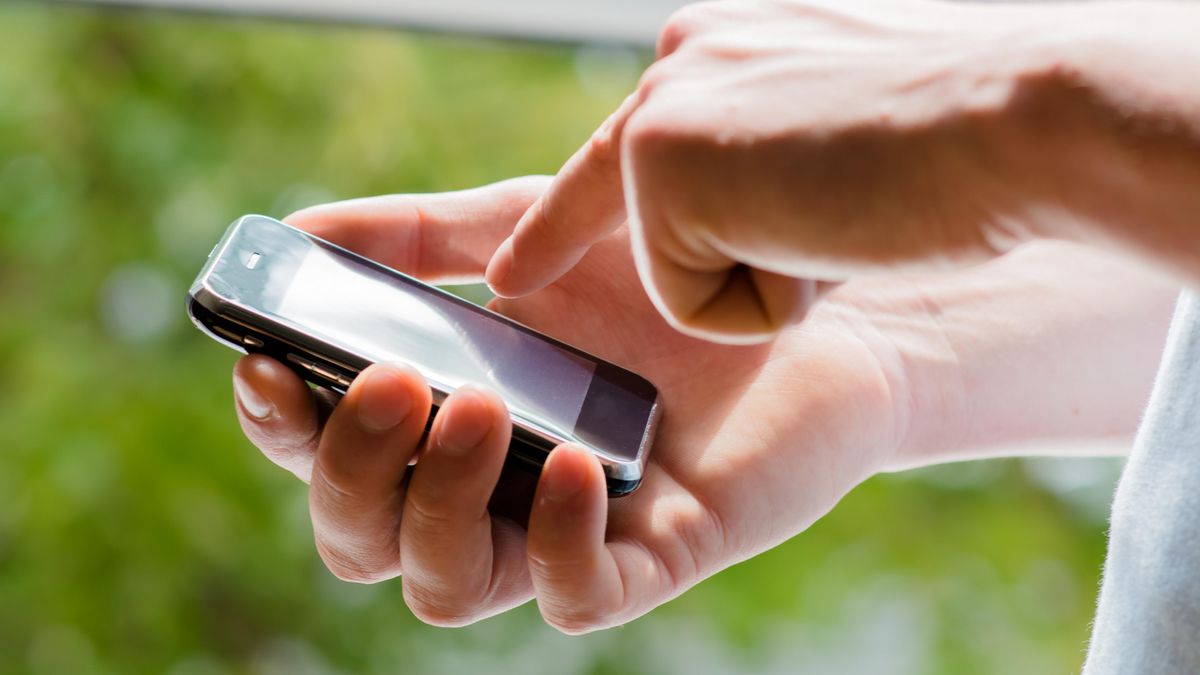Research
Current research projects
In our working group, we address a variety of topics related to the field of mental disorders and mental health in childhood and adolescence.
Research methods and laboratories
We use various modern methods in our research studies.
In all our studies, we use questionnaires and interviews. In this way, we want to understand how children, adolescents, parents or teachers experience and evaluate situations. For example, we are interested in what feelings children often experience and how they deal with these feelings. We often ask teachers and parents what strengths and weaknesses they see in children. While in some studies we use questionnaires classically in paper form, we also frequently use the form of an online survey to reach as many children, adolescents or parents as possible and to enable easy completion at home.
Psychological processes often also have a direct impact on the way our body reacts. This is particularly noticeable in the case of strong emotions such as fear, anger or joy, which lead to a reaction of our autonomic nervous system. This can manifest itself for example in a rapid heartbeat, sweaty hands or rapid breathing. On the other hand, we humans often use feedback from our bodies to assess situations. Therefore, physical reactions are an important source of information in connection with mental processes. In our laboratories we measure parameters such as cardiac measures (heartbeat, cardiac output, pre-ejection period), skin conductance (SCL), respiration or physical movement. All of these parameters are measured by placing electrodes on the skin, which is not painful or invasive. In fact, most kids even think it's fun!
Eyetrackers are small cameras that record where children and adolescents look at when they perform certain tasks or view things. The eyetracker is located either on a computer screen or in so-called eye tracking glasses. This allows us to capture particularly well where children are looking when they are in social situations with other children or doing everyday tasks.
The EEG is a method that helps to visualize brain waves. When the brain is active, electrical voltage is generated. During EEG, this voltage is derived and recorded using electrodes on the scalp. The procedure is not painful. In our studies, the EEG helps us to determine how the brains of children and adolescents react to a particular image or task, for example. To do this, the children and adolescents watch films or solve tasks on the computer during the EEG recording. During this process, they sit in the so-called "EEG chamber", where it is ensured that no interfering signals influence the EEG recording.
In order to be able to assess children's behavior in concrete social situations, we also use methods of structured behavioral observation in our studies. In a preset playful situation, we examine, for example, whether and in which situations children help others, whether they cooperate, or whether they can express a wish or a need. In these situations, we often use hand puppets as the children's social interaction partners or picture stories to illustrate the social situation.
While we often study psychological processes in children, adolescents and parents in our laboratory, we are also interested in what children feel and think when they are in their regular everyday lives. Therefore, we use measurements related to everyday life as supplements to our laboratory studies, which allow us to record feelings, thoughts as well as physical measures such as heartbeat. For example, we use child-sized cell phones to help us call and interview children, or the children wear small sensors under their clothes during their daily lives to measure their heartbeat.
